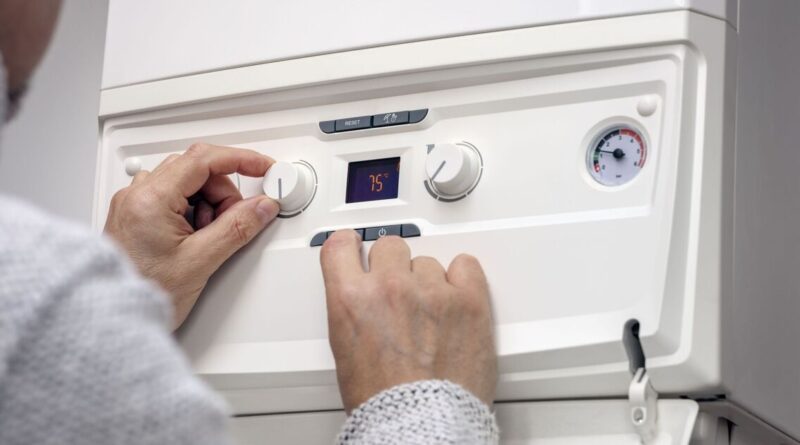Households £87 better off with one boiler change this winter | Personal Finance | Finance
Households across the UK will be up to £87 better off this winter by making one boiler change before switching on their heating.
Now that the autumn season is underway the colder weather is slowly starting to set in, which means winter coats will soon be brought out of retirement and the thermostat will be cranked up. The NHS recommends heating your home to a minimum of 18C in autumn and winter to stay healthy and help fend off nasty seasonal bugs like cold, flu and Covid. But heating bills can be expensive, particularly as Ofgem’s energy price cap increased by 2% this month, taking the average bill for households in England, Scotland and Wales on a standard energy tariff up to £1,755 per year.
But households can cut their energy costs by up to £87 per year with one simple boiler change before turning on their heating. According to heating experts, one adjustment to the flow temperature of your boiler can yield significant savings and will improve the efficiency of your boiler in the process.
Most boilers are set to a high flow temperature of 70C to 80C by default and while this setting ensures fast heating, it wastes energy as excess heat escapes through the boiler flue.
But if you lower the flow temperature to 55C to 60C, boilers can operate in “condensing mode” which is more efficient as it recovers heat that would otherwise be lost. This adjustment also doesn’t reduce the thermostat’s set temperature, although it means your radiators may take slightly longer to warm up.
The Energy Saving Trust explains: “According to research from Nesta, lowering the flow temperature of your boiler improves your boiler’s efficiency by around 4%. The boiler doesn’t need to heat the water going to your radiators so much, which should lower your heating bills.
“This works best if you have a combi boiler when you can reduce your flow temperature to about 60 degrees. If you have a conventional boiler with a hot water cylinder, make sure the temperature is no lower than 65 degrees. This stops harmful bacteria forming in your hot water supply.”
Nicholas Auckland, heating and energy expert at Trade Radiators, says lowering your boiler’s flow temperature to 55C to 60C can save roughly 9% to 12% on energy bills, which amounts to savings between £65 and £87, assuming a typical home uses 11,500 KWh/year of gas.
The change won’t make your home any colder, it simply means that the water leaving the boiler is slightly cooler so while radiators in your rooms might feel less hot, and rooms may take a bit longer to warm up, the thermostat setting doesn’t change and you can still reach the same room temperature.
Experts at Trade Radiators say adjusting the flow temperature from 80C down to 60C can result in a 9% saving (1,035 kWh), amounting to £65.10 per year, while reducing the temperature from 80C to 55C can yield a 12% saving (1,380 kWh), which amounts to £86.80 per year.
Mr Auckland said: “Lowering the flow temperature is a free, two minute adjustment that helps a condensing boiler do what it was designed to do – condense effectively and waste less energy.
“For many households that’s an easy £65 to £87 saving at today’s prices, which can make the world of difference come Christmas time when money is tight.”





